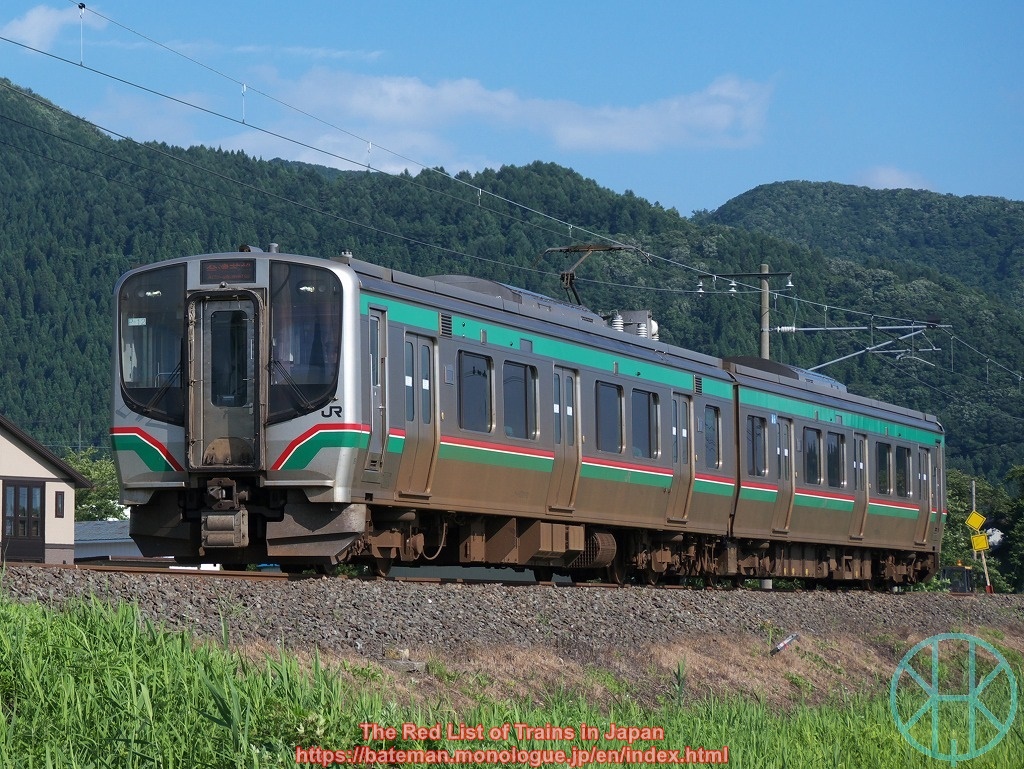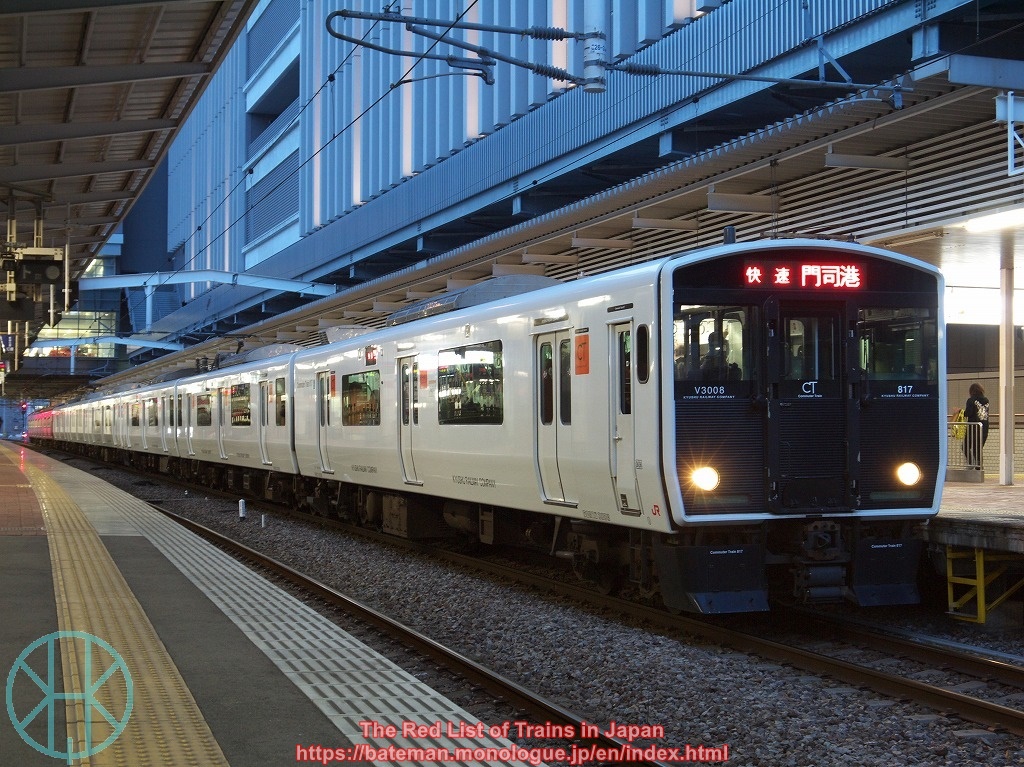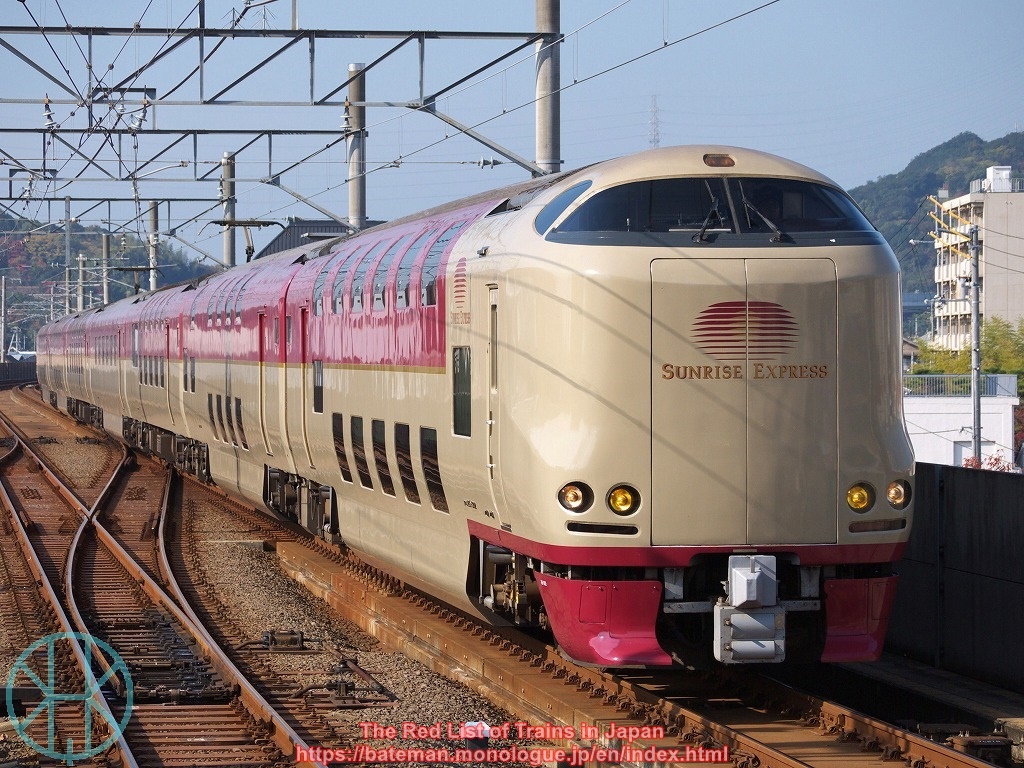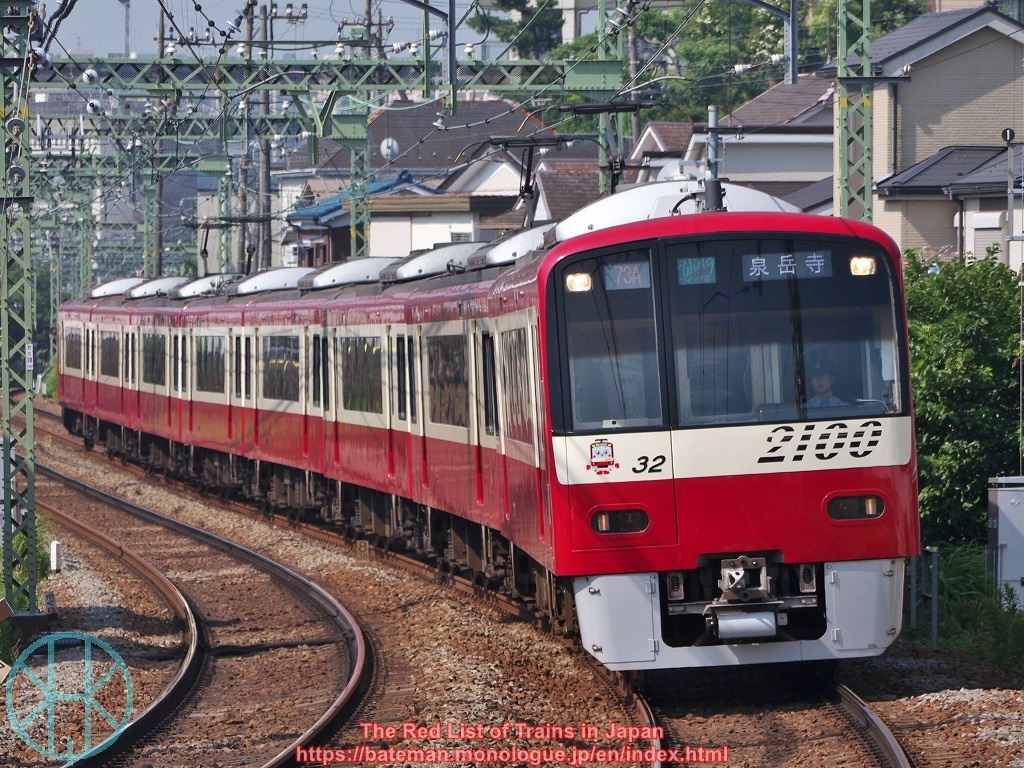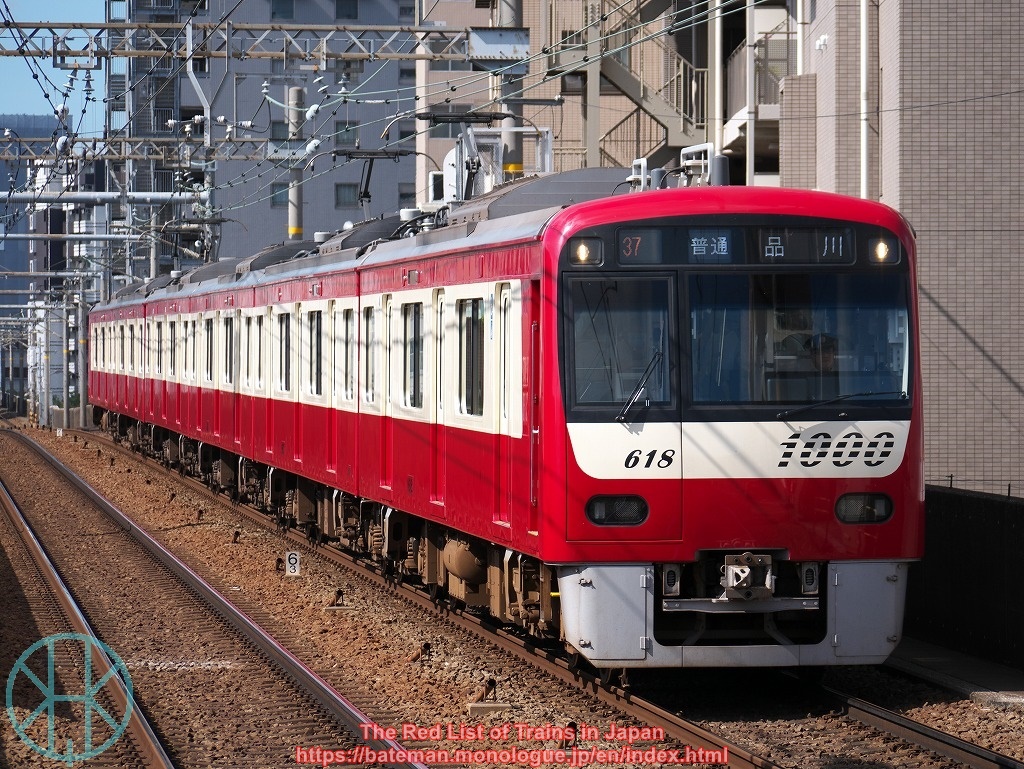Overview
 |
| Mimasaka-Kawai station, Imbi Line |
On 25th July, an expert committee for rural lines, established by Ministry of Land, Infrastructure, Transport and Tourism (hereinafter referred to as the Transport Ministry), published a proposal regarding the fate of significantly unprofitable railways in Japan. The proposal includes a guideline of which JR lines could be subject to replacement with road transportation (i.e. permanent closure of the railway). The committee does not demand nor recommend an immediate closure of these lines, but suggests that local governments and railway operators should hold discussions about what to do with rural lines that meet certain criteria. To put it simply, the committee defines that those with "transport density" of fewer than 1,000 might not be sustainable.
There are many lines with less than that figure, but only few of them are likely to be permanently closed in the near future, as Nikkei suggests.
What is Transport density?
 |
| Yamanote Line is the most heavily used railway in Japan |
In Japan, the "transport density" means how many passengers per one kilometre used the line daily on average. It is defined as a sum of the distance of each passenger divided by the length of the line or section.
For example: there is a 20 km-long line. There are 100 passengers a day on average, and 60 of them use the whole line, while 40 of them use the half. In this case, a sum of the distance of each passengers is 60 (passengers) times 20 (km) plus 40 (passengers) times 10 (km), which equals 1,600. The length of the line is 20 km. Thus, the transport density is 1600/20 = 80 passengers per km a day.
According to the Transport Ministry, the transport density of Tokaido and San-yo Shinkansen high-speed rail was about 658,000 in 2019. According to JR East, the figure of Yamanote Line was 1.12 million in the same year.
 |
| Matsuura Railway, former Matsuura Line of JNR |
When Act on Special Measures Concerning Promotion of Reconstruction of Japanese National Railways (also known as the JNR Reconstruction Act) was promulgated in 1980, the Transport Ministry issued an ordinance that rural lines with transport density of less than 4,000 should be closed or transferred to entities established privately or by local governments, and 3,157 km (1,962 miles) were axed accordingly (these lines were often called the "83 unprofitable lines").
4,000 passengers per km a day was the key figure for assessing rural lines in the 1980s, but this criterion has been lowered significantly thanks to innovation (not least new trains compatible with driver-only operation and less energy consumption) and downsizing (removal of redundant facilities). According to NHK, it is estimated that lines above 2,000 could be in stable condition today.
What was Decided This Time?
As already noted, the current key figure is 1,000. To be specific (according to Nikkei):
- Transport density of fewer than 1,000 passengers per km a day; and
- The number of passengers between each adjacent stations is always below 500
However, there are a few exceptions:
- Passengers per hour in peak direction exceed 500 (i.e. heavily used by commuters and students at peak times); or
- Served by limited express services that connect major cities; or
- Served by freight trains
The committee also recommended that local governments and railway operators decide the future of the line in question within three years. The solution could be:
- New railway business model that attract more tourists; and/or
- Continuing business with considerable support from local governments. This includes not only giving significant amount of cash or tax reduction, but also ownership transfer of facilities to local governments (meaning JR will not pay maintenance costs); or
- Replacing the railway with bus services, either conventional one or Bus Rapid Transit (BRT)
The proposal has been criticised by many people (such as the Governor of Ehime Prefecture), but it is worth noting that some local residents welcome the permanent closure, as bus services could be more convenient than rail transport. Like the one in Samani Town in southern Hokkaido, where Hidaka Main Line was effectively closed in 2015, buses often provide more flexible services, as bus stops were installed in front of a high school, care homes, hospitals and a shopping centre.
Which Lines could be Affected?
 |
| Kazusa-Kameyama station, Kururi Line |
According to official documents, lines listed below have fewer than 1,000 passengers per km a day. Note that not all of them are on the verge of closure, as some of them are served by limited express and/or freight trains, or major engineering work was carried out recently. Some lines had more than 1,000 before COVID-19 pandemic, and thus being on the list might be temporary. Shinkansen high-speed rail is not included in the percentage calculation.
Click ▼ to browse in detail.
 |
| Hakodate Main Line |
Lines with significantly low ridership amount to 56% of the entire network, the worst percentage among all JR. Even Hakodate Main Line is no exception, as this blog explained before.
- Hakodate Main Line (Oshamambe - Otaru via Kutchan)
- Hidaka Main Line (entire line)
- Muroran Main Line (Numanohata - Iwamizawa)
- Nemuro Main Line (entire line)
- Rumoi Main Line (entire line)
- Sekihoku Main Line (entire line)
- Senmo Main Line (entire line)
- Soya Main Line(entire line)
 |
| Kamaishi Line |
Approximately 31% of the network falls within the scope, and the total length of nearly 1,900 km (1,200 miles) is by far the worst among all JR group. However, many of them (especially "Main Line") are served by limited express and freight trains. Also note that JR East is the largest railway operator in the country, both in terms of the size of network and sales.
More than 20 out of the 31 lines listed below are in Tohoku region, but there are a few in the Greater Tokyo Area (Agatsuma, Kashima and Kururi Lines). GALA Yuzawa branch line of Joetsu Shinkansen is excluded from the list as it is available only during winter ski season.
- Agatsuma Line (Naganohara-Kusatsuguchi - Omae)
- Aterazawa Line (Sagae - Aterazawa)
- Ban-etsu East Line (Iwaki - Ononiimachi)
- Ban-etsu West Line (Kitakata - Gosen)
- Chuo Main Line (Tatsuno - Shiojiri)
- Echigo Line (Kashiwazaki - Yoshida)
- Gono Line (Higashi-Noshiro - Goshogawara)
- Hachinohe Line (Same - Kuji)
- Hanawa Line (entire line)
- Iiyama Line (Iiyama - Echigo-Kawaguchi)
- Ishinomaki Line (entire line)
- Joetsu Line (Minakami - Echigo-Yuzawa)
- Kamaishi Line (entire line)
- Kashima Line (entire line)
- Kesennuma Line (entire line)
- Kitakami Line (entire line)
- Koumi Line (Kobuchizawa - Nakagomi)
- Kururi Line (Kururi - Kazusa-Kameyama)
- Ofunato Line (entire line)
- Oito Line (Shinano-Omachi - Minami-Otari)
- Ominato Line (entire line)
- Ou Main Line (Shinjo - Yuzawa, Odate - Hirosaki)
- Rikuu East Line (Furukawa - Shinjo)
- Rikuu West Line (entire line)
- Suigun Line (Hitachi-Omiya - Asakanagamori)
- Tadami Line (Aizu-Bange - Koide)
- Tsugaru Line (entire line)
- Uetsu Main Line (Murakami - Tsuruoka, Sakata - Ugo-Honjo)
- Yahiko Line (Yahiko - Yoshida)
- Yamada Line (entire line)
- Yonesaka Line (entire line)
JR Central (2016)
 |
| A train similar to that on Meisho Line |
No official document is available so far, but the Transport Ministry published one instead in 2016. It shows that the entire Meisho Line had 273 passengers per km a day, but others had more than 1,000. Meisho Line amounts to just 3% of the entire JR Central network.
 |
| Kishin Line |
About 30% of the lines operated by JR West have fewer than 1,000 passengers per km a day, most of which are in Chugoku Region.
- Bantan Line (Wadayama - Teramae)
- Etsumi-Hoku Line (entire line)
- Fukuen Line (Fuchu - Shiomachi)
- Geibi Line (Bitchu-Kojiro - Shimo-Fukawa)
- Imbi Line (Higashi-Tsuyama - Chizu)
- Kakogawa Line (entire line)
- Kansai Main Line (Kameyama - Kamo)
- Kisei Main Line (Shingu - Shirahama)
- Kishin Line (entire line)
- Kisuki Line (entire line)
- Mine Line (entire line)
- Obama Line (entire line)
- Oito Line (Minami-Otari - Itoigawa)
- Onoda Line (entire line)
- San'in Main Line (Kinosakionsen - Kogushi)
- San'in Main Line (Senzaki branch line)
- Yamaguchi Line (entire line)
 |
| Mugi Line |
JR Shikoku is known for facing severe financial difficulties along with JR Hokkaido, but surprisingly, only four lines fall within the scope. Even so, it is equivalent to 23.5% of the network.
- Dosan Line (Susaki - Kubokawa)
- Mugi Line (Anan - Awa-Kainan)
- Yodo Line (entire line)
- Yosan Line (Mukaibara - Iyo-Ozu)
 |
| Nichinan Line |
22% of the network could be subject to be axed in the future. When Nishi-Kyushu Shinkansen opens in September 2022, lines in Nagasaki and Saga Prefectures are likely to be added to the list.
- Chikuhi Line (Imari - Karatsu)
- Chikuho Main Line (Keisen - Haruda, also known as Haruda Line)
- Gotoji Line (entire line)
- Hisatsu Line (entire line)
- Hohi Main Line (Miyaji - Miemachi)
- Ibusuki-Makurazaki Line (Ibusuki - Makurazaki)
- Karatsu Line (Karatsu - Nishi-Karatsu)
- Kitto Line (entire line)
- Misumi Line (entire line)
- Nichinan Line (except towards Miyazaki Airport)
- Nippo Main Line (Saiki - Nobeoka, Miyakonojo - Kokubu)
Conclusion
Falling within the scope of 1,000 passengers per km a day does not necessarily mean that the line should be closed anytime soon. Not a few of them will remain as they have limited express and freight trains. Even without them, many lines are highly likely to be kept open with financial supports by the central and local governments. However, a few lines would be permanently closed in the near future if local residents agree with it.
The proposal applies only to JR lines. Even if not as radical as Beeching Axe, railway networks in Japan are likely to be rearranged in the coming years. In the case of permanent closure, there should be bus services convenient and reliable enough to be used as alternative means of transport by local residents.
